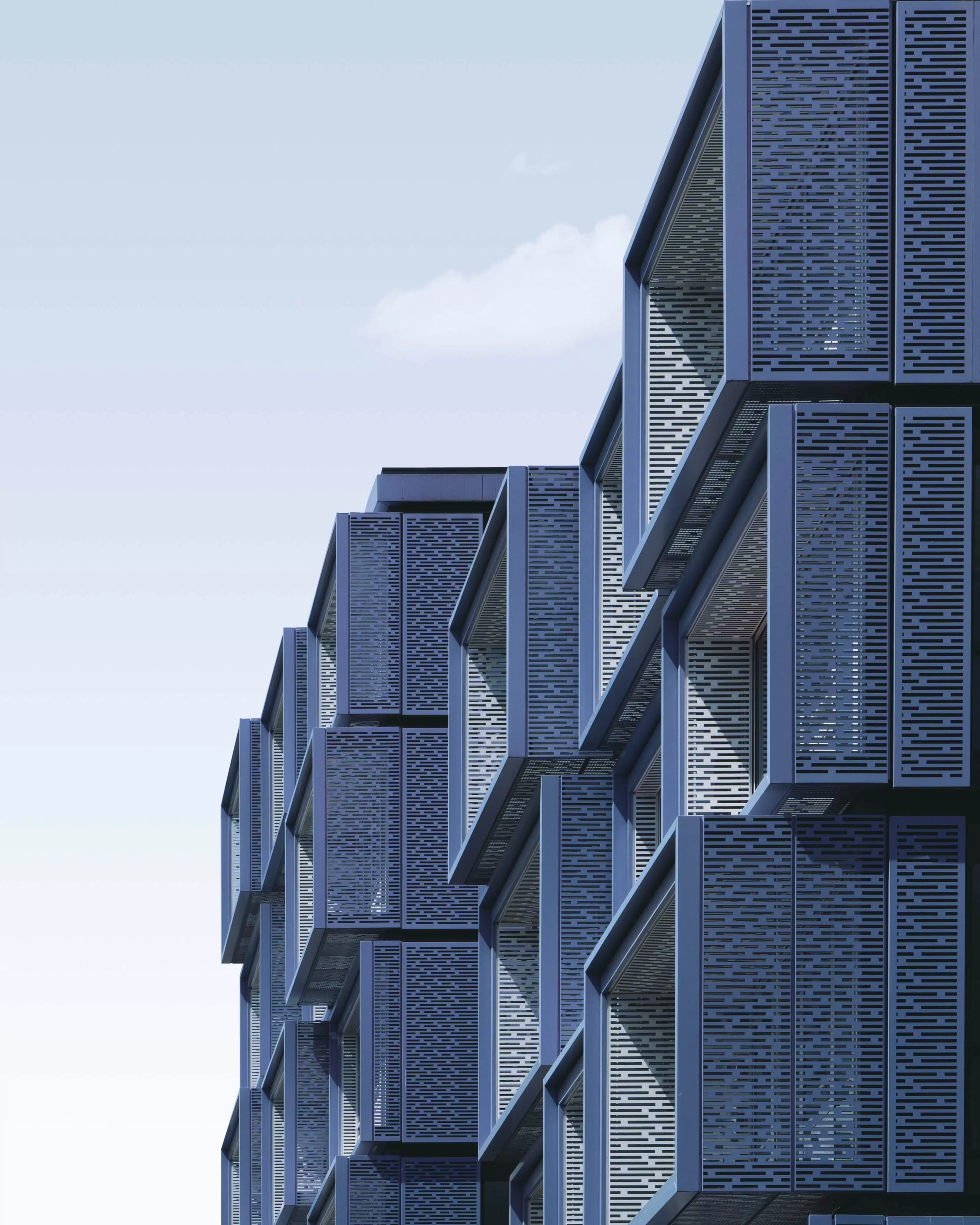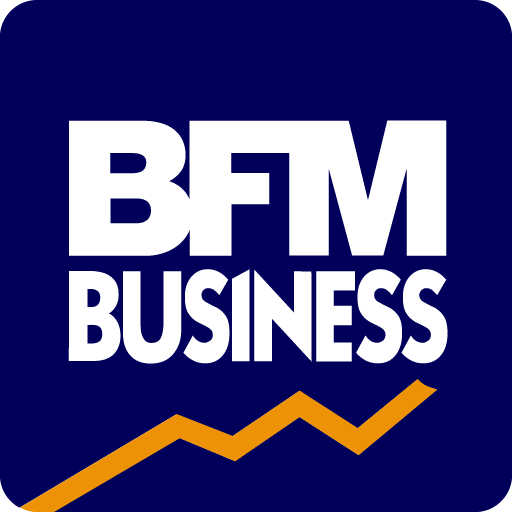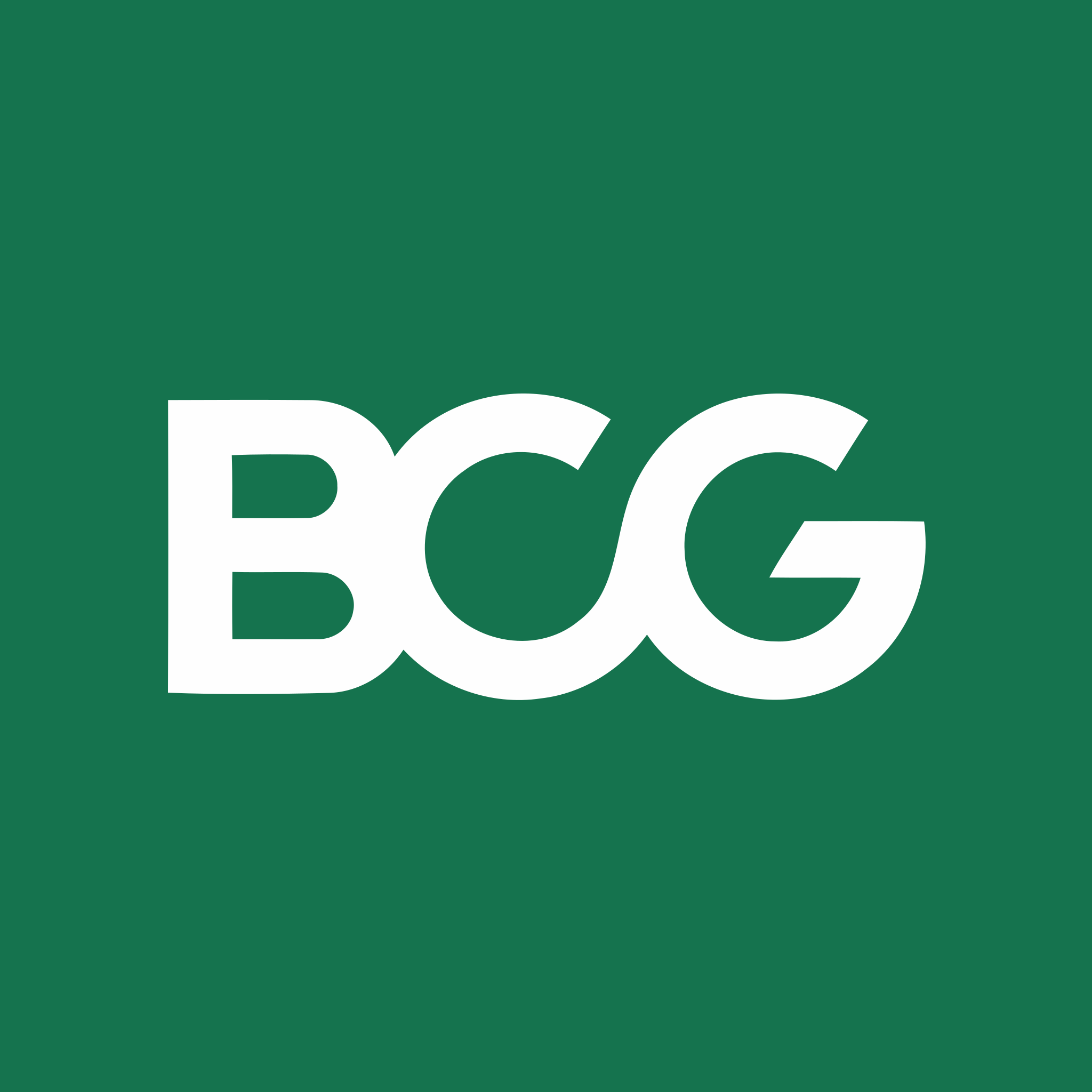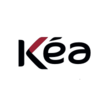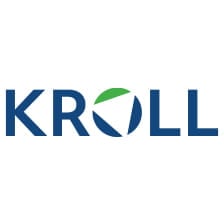Detailed content of our market study
 Inforamtion
Inforamtion
- Number of pages : 35 pages
- Format : Digital and PDF versions
- Last update :
 Summary and extracts
Summary and extracts
1 Market overview
1.1 Definition and presentation
The market for modular construction, also known as prefabricated construction, refers to the construction of prefabricated buildings or containers (modules) directly designed and produced in the factory and then assembled on the construction site. Assembly makes it possible to create buildings capable of meeting occasional or permanent needs: site billets, offices, but also new forms of housing such as container houses. The modules or containers are usually made of steel, concrete or wood, equipped with plumbing, heating and electrical power. The interior finishes are specified at the exit of the production workshop and are more or less worked on according to the purpose of the building to be constructed.
Long thought mainly for the construction industry - for site staff in particular - modular construction has over the years become an important and credible alternative to the construction of single-family homes and offices.
Often, the modular construction enables the meeting of short-term needs to install buildings on a temporary basis when a building is under reconstruction or in rehabilitation, but also when an expansion in the need of offices or workshops appears in the tertiary sector.
Modular construction is therefore present in the construction sector in the state sector (emergency accommodation, sports facilities, school premises, etc.) and in the private tertiary sector (offices, shops and kiosks, events, health, etc.). The use of prefabricated construction in the residential sector has seen an important growth in the last years.
The global market is booming, expected to grow at a CAGR of 6.5% until 2025. This growth is driven by the perceived benefits of modular construction, including reduced waste, speedy building, cost-effectiveness, eco-friendliness, and flexibility. Moreover, FBI reports that modular building projects are 30% to 50% faster than traditional construction.
In the US, market growth is expected to be strong in light of greater economic growth. Naturally, construction is related to the health of the economy.
The COVID-19 pandemic brought about an abrupt but intense demand for modular construction, particularly towards structures like field hospitals, hospital wings, makeshift morgues, testing centres, clinics and laboratories.
Players in the market include Laing O'Rourke, Katerra, Skanska AB, Red Sea Housing, Dubox, and Sekisui House Ltd.
The latest trends include the emergence of startups which puts pressure on pricing and existing players. Moreover, technology plays an integral part for fast, efficient, and precise modelling.
1.2 The Global Outlook
Advantages of modular construction
Modular construction is part of the broader real estate sector, of which it can be both a corollary and a substitute. Indeed, in addition to reducing the construction risk inherent in the development activities in real estate, modular construction can offer several advantages:
Overview of the global market: figures and determinants
The global market for modular production was estimated at **.* billion dollars in ****, and is expected to reach ***.* billion dollars in ****. This implies a compound annual growth rate (***) of *.*% over the period ****-****.
Modular construction market World, ****-****, in billions of dollars Source: Fortune Business Insights
Using the data made available by the United Nations via the Comtrade database, it is possible to graph the main countries exporting or importing prefabricated buildings (***). This makes it possible to determine that in ****, exports of prefabricated building parts accounted for $*.* billion.
China dominates international trade with $*.* billion in transactions related to prefabricated buildings. It is followed by Germany and the Netherlands, both of which trade $*.* billion in prefabricated buildings. For a more detailed analysis of trade flows regarding the US, see section *.*
Principal trade flows for prefabricated construction World, ****, in millions $ Source: ****
In this global context, the Asia Pacific ...
1.3 The US market
Total value of modular building construction projects has doubled its size in * years and was estimated in *.* billion dollars in ****, having grown at a CAGR (***) of almost **% [***].
Value of modular construction projects USA, ****-****, in billions of dollars Source: ****
American contractors use modular construction methods mostly for exterior walls, for superstructures and for mechanical, electrical and plumbing requirements. The Northeast region has the lead in the market, with **% of general contractors using modular components, meanwhile the South's general contractors use the least modular components (***). Moreover, **% of general contractors already using modular construction expect modular use will increase over the next three years. Among the reasons for that, there are clear benefits such as increases in efficiency, productivity, safety, and quality; reductions in risk, cost, material waste, and construction times—a particularly important benefit for revenue-earning buildings whose owners want to start collecting rent as soon as possible [***].
Modular construction is expected to increase over the next few years. However, not just due to its benefits previously mentioned, but also because it is addressing the problems of rising labour costs and the low supply of skilled labour, since off-site construction takes place in a controlled environment. Indeed, **% of contractors are concerned about ...
1.4 International trade
Using the data made available by the United Nations via the Comtrade database, it is possible to graphically represent the amount of exports and imports of prefabricated buildings (***) coming from and to the US throughout time. We observe an increase in both exports and imports from **** to ****. However, from **** to ****, there was a significant reduction on exports, as imports continued growing.
Trade of prefabricated buildings US, ****-****, in millions of US$ Source: UN Comtrade We can notice that, throughout the last years, the imports have been increasing as a proportion of the exports, resulting in a decrease in the coverage rate. Still, it is possible to affirm that, although the US is a net exporter of prefabricated buildings, the country is relying more on the imports of this kind of product.
Moreover, by breaking down the trade partners geographically, we observe that the top five countries where the US exports to are Canada, Mexico, UK, China and Bahamas. Together they account for approximately **% of the total export value in the sector. Main destinations for prefabricated buildings US, ****, in % Source: UN Comtrade Similarly, the top five importing countries - Canada, China, Mexico, Israel and the Netherlands– account for a total of ...
1.5 Impact of COVID-19
The end of the office?
The measures of social distancing and lockdowns imposed in the US and in other countries have severely disrupted the state of affairs when it comes to the construction market. With the pandemic pushing a large number of employees to work from home, we are likely to witness an acceleration of the trend that has already been underway for some time, namely more agile and flexible working arrangements. Indeed, big American corporates such as Google, Microsoft, Morgan Stanley, JPMorgan, Capital One, Zillow, Slack, Amazon, PayPal, Salesforce are increasing, or at least planning to increase, flexible/home working in the longer term as a result of the COVID-** pandemic. Not to mention that most of them are prioritizing cost reductions in the next **-** months, which includes office expenses [***].
In the light of the slowdown of the economic activity, it was inevitable that there was a decease in construction project starts. Additionally, the supply levels in the second-hand market are at risk of increasing if there is a significant failure in the flexible office sector [***].
For instance, the volume of commercial real estate transactions completed in the United States declined by **% year-on-year in March ****, whereas, in early April, ...
2 Demand Analysis
2.1 Profile of homeowners in the US
In order to fully comprehend the demand for modular construction, it is important to also analyse some characteristics of the American building market. For instance, the graph below represents the number of households separated by their sizes. We notice that most of the houses in the US harbour two people or fewer, with a stronger tendency towards living in a couple.
Number of households by size US, ****, in millions Source: US Census Bureau Furthermore, by looking at data regarding homeownership and age groups, we can shed light on how the distribution of houses take place among the population. The graph below illustrates the distribution of all owner occupied households in the US by age group and type of home financing.
It is clear that older age groups represent the majority of the population to have purchased their home outright. In fact, only **% of homeowners were under ** years old, whereas **% of them were aged ** and over.
Share of homeowners by age US, ****, in % Source: ****
In other words, we can conclude that the ownership rate increases with age. We notice that the biggest growth takes place after ** years old, which implies that by the age group of ** to ** years old, the average American ...
2.2 Higher incentives and higher prices
By looking at the evolution of the house prices throughout time, we notice a clear upward trend in how much Americans need to spend in order to purchase a new home. Since the beginning of the century, the average house price has been increasing on an almost annularly basis, reaching *** thousand dollars in ****. We can notice that, not only the bars indicating the house prices are at its highest historical levels, but that the percentage change was basically fully positive throughout all time, disregarding the periods of exceptional economic crises.
Average selling price for a single family house USA, ****-****, in thousands of US$ and in % Source: ****
In fact, San Francisco and New York were estimated as the most and the second most expensive city to build in the world, respectively. Additionally, among the top ** cities with the highest building costs in North America, * of them were located in the United States [***].
Although there has been a material growth in construction in the last years (***), the shortage of houses is still clear and remains a challenge to the US Government [***].
2.3 Determining factors
It may be interesting to look at the evolution of the mortgage rates since they reflect the household borrowing costs. However, the latter is close to its lowest point (***), which should make it possible to boost household consumption and investment in real estate.
Rates on conventional **-year mortage USA, ****-****, in % Source: Freddie Mac Notwithstanding the uncertain economic outlook, these historically low interest rates, along with a still vibrant labour market, create a situation for the vast majority of customers to be able to meet their mortgage payments. For instance, in ****, mortgage balances amounted to $*.* trillion, the largest component of household debt in the US. However, only *.*% of mortgage balances were ** days or more late, the lowest rate since **** [***].
Nevertheless, looking at the origins of the US mortgage market, we see that refinance loans were more popular than purchase loans until this trend changed in early ****, regaining popularity in the final quarter of ****. Mortage originations USA, ****-****, in US$ billion Source: Mortgage Bankers Association While purchase loans characterize a home buyer who borrows money from a mortgage lender, a refinancing loan is obtained by homeowners to replace their existing mortgage with a new loan, normally reducing the monthly payments, the interest ...
2.4 Factors influencing the selections of a prefabrication company
When speaking of prefabricated construction it is rare that the company that produces the modules installs them as well. Instead, the installation is usually completed by three types of actors:
Architects/engineers General contractors and construction managers Trade contractors
The most important factor for these three categories of actors when choosing a prefabrication company is their expertise. Pricing is a much more important factor for trade contractors, while architects and engineers allow their clients to choose the company more often than the other actors.
Top factors than influence the selection of a prefabrication company USA, ****, in % Source: DODGE
When speaking of employing a company to provide prefabricated building services (***) to a project, the most influential factor remains the expertise of the company.
Top factors that influence the employment of a prefabrication experts/expertise USA, ****, in % Source: DODGE
2.5 Most built type of modular structures
The three actors mentioned above, architects and engineers, general contractors and construction managers, and trade contractors use modular construction for different purposes.
For architects and engineers the most common ones of the past three years have been hotels and motels, but they expect multifamily homes to be the most common in the next three years.
Most frequent structures built with modular construction for architects and engineers, by type USA, ****, in % Source: ****
General contractors and construction managers also use modular construction for hotels and motels, but expect an increase in healthcare facilities and college facilities.
Most frequent structures built with modular construction for general contractors and construction managers, by type USA, ****, in % Source: ****
Meanwhile, trade contractors mostly built multifamily houses and college facilities with modules but expect an increase in health facilities and college dormitories.
Most frequent structures built with modular construction by trade contractors, by type USA, ****, in % Source: DODGE
3 Market structure
3.1 Organisation and dynamics of the market
The production of modular buildings consists of the assembly of entire buildings in the factory from prefabricated modules that are then placed on foundations. According to the IFS the production is carried out in a local factory with the creation of entire apartment blocks or building site modules. Interior finishes are also made locally and then manufactured on a large scale and transported and assembled on site. This production process saves **% on labour costs and delivery times reducing construction air and noise pollution, but also increases worker safety. The figure below compares the construction period of the two building methods.
Moreover, although the data relates to the French market, the site My Quote provides interesting information about the production of modular buildings. According to the site, the labour cost is estimated at **% of the total construction price. This compares to **% to **% of the total cost of building a 'classic' house.
Distribution in the modular construction market is made from modular construction manufacturers directly to customers, who can be individuals, companies or communities.
After the customer has obtained a building permit, he can call on a modular construction company which, after the elements have been manufactured, installs them directly on site. The ...
3.2 Main players
The modular construction market is a sub-category of the construction market.
The construction market is littered with generalists that don't specialise in any specific industry or structure but instead offer a wide range of construction services. These include civil engineering projects, as well as commercial ventures or residential structures among others.
Within the modular construction market, residential application with the purpose to provide living spaces for individuals accounts for the largest share of the market.
This trend is expected to grow due to house shortages but is also compounded by the exodus of young professionals from cities to the suburbs and countryside as a result of the COVID-** pandemic.
The graph below outlines the biggest players that are specialised in the residential application of modular construction in the United States.
Biggest modular construction companies specialised in residential application, by revenue USA, ****, in millions of dollars Source: ****
Residential Modular Construction Specialists Company Headquarters No. of Employees Year founded Cavco Industries Phoenix, AR ****+ **** Commodore Corporation Danville, VA ***-*** **** Palm Harbor Homes Addison, TX ***-*** **** Jacobsen Homes Safety Harbor, FL ***-*** **** Apex Homes Inc. Middleburg, PA ***-*** **** Sunshine Homes Red Bay, AL ***-*** **** Riverview New London, NC ***-*** - Franklin Homes Russellville **-** **** Nobility Ocala, ...
3.3 Impact of prefabricated construction
In construction projects, two metrics are the most important in terms of compliance in order to bring a project to its end:
Project schedule Budget
Prefabricated construction appears to have a significant impact on both of these factors. The degree of impact varies depending on the type of project but also on the type of actor in charge of the project.
When speaking of scheduling issues, half of trade contractors state that modular construction increases their project schedule performance by more than *%. When seaking of design specialists such as architects or engineers this figure is only **%.
Impact of modular construction on schedule performance, by degree of impact on time saved USA, ****, in % Source: ****
The impact of modular construction on the budget of a project is appreciated by all actors. In fact, over **% of all architects and engineers, general contractors and construction managers, as well as trade contractors say that modular construction guarantees a decrease in the budget of over *%.
Impact of modular construction on project budget, by degree of budget saved USA, ****, in % Source: ****
3.4 Product segmentation
By Application
Residential application: destined to provide homes for individuals This accounts for the largest share of the market, and it is likely to grow in the future Commercial application: designated to provide commercial spaces such as offices, showrooms, and hotels. It is highly dependent on the economic outlook of the country. This has an added facility of relocation, low-cost of reconfiguration, fast delivery, and quick return on investment. Healthcare application: much used in this sector in order to shorten time for the construction of extensions and closure in existing structures. Therefore, result in minimum disruptions without compromising the quality of the building. Industrial application: influenced by the growing of the e-commerce industry, logistical sector and the consequent rising demand for warehouses and inventory storage buildings [***].
By type
Permanent modular construction: is used literally as a substitute to traditional building methods. In ****, the permanent modular segment concentrated **.*% of the global growing demand for housing, commercial, and industrial structures, and is expected to lead the overall modular sector in the next years. Permanent modular constructions are widely employed in numerous sectors comprising residential, commercial, education, retail, hospitality, healthcare and student housing. Relocatable modular construction: is used in order to provide temporary accommodations. ...
3.5 Suppliers and procurement of modular construction
Modular construction, compared to traditional construction methods, is relatively new. Many people and even industry insiders haven't heard much about or know the specifics of modular construction, often amounting it to containers, or temporary medical or event (***) structures.
It is interesting to observe how actors in the construction market, who don't specialise exclusively in modular construction but provide a wide range of construction services become acquainted with modular construction.
The most common ways to learn about modular construction is via print and digital media, but also friends, colleagues and clients. Like in any industry sector, trade fairs and exhibition shows are an important way for companies to advertise and disseminate their products.
Top sources of information regarding modular construction companies USA, ****, in % Source: ****
4 Analysis of the offer
41. Shortage of supply
Since ****, around *.** million single-family homes were constructed in the US. A number that might seem substantial but does not get close to the nearly ** million new households (***) formed. Indeed, in order to meet consumer demand, there is a need for more *.* million new American homes [***].
Yet, construction has grown in recent years, as it can be seen in the graph below, which displays the number of new houses built by month in the last decade. Additionally, the number of single-family homes started per *,*** households increased from *.* in **** to *.* in **** [***].
Housing units completed USA, ****-****, in thousands Source: ****
Starts also displayed a rise in ****, around *.*% over the year prior, whereas permits for single-family homes were up **.*% over **** [***].
Nevertheless, housing vacancy has never been lower in seven years, there is a need for **.* starts per *,*** households in order to match the demand, which would take up to four or five years at the current pace [***].
In this context of minimum vacancy rates and oddly cautious builders, the Bank of England recently computed the housing-supply elasticities (***). It was estimated that the supply elasticity in the US has dropped **% since the pre-crisis boom before COVID-** hit.
This set up is a consequence of several factors. ...
4.2 Evolution of the construction sector due to technology
By ****, more than **% of modular construction companies will use *D printing for modular construction and **% of the work will be done by robots in construction [***].
A quick overview of the contributions of new technologies in modular construction is proposed:
A masonry robot was created by Construction Robotics (***) to assist the mason in repetitive tool handling tasks These new technologies make it possible to increase productivity, reduce the drudgery of creative tasks and reduce the environmental impact of construction by reducing the use of materials such as concrete In Japan, a country with severe space constraints in building construction, many companies are developing solutions for prefabricated manufacturing using advanced robotics. This country is a pioneer in standardised housing construction and modular construction occupies an important share of the market In the United States, robotic-assisted modular construction makes it possible to build housing with very short delay. This is particularly important in a country where the population is highly mobile. The assembly of buildings using robotics, which is more reliable and competitive, also makes it possible to make the construction of buildings with specific functions such as schools, warehouses or even care centres or shelters for homeless people
Additionally, *D printing and BIM ...
4.3 Drivers and obstacles in modular construction
Like in any industry, modular construction presents positive impacts that drive an increase in its use, but also obstacles that inhibit it.
Among positive drivers numerous factors are mentioned by all actors on the scene:
Improvement of project schedule performance Decreases costs Improves project quality Helps deal with skilled labour shortages Project safety
Top impacts as a result of modular construction use, by type of impact USA, ****, in % Source: ****
As we from the graph above, schedule performance and cost reduction is enjoyed almost uniformly by all actors. However, the improvement in project quality impacts design specialists rather than generalists, while the positive impact in project safety and skilled labour shortages are felt more by general contractors and trade contractors.
Among the obstacles which prevent the further dissemination of prefabricated construction, factors pertaining to the availability, adaptability or applicability are the most common.
Top obstacles toward the further dissemination of modular construction (***) USA, ****, in % Source: DODGE NB Data not available for architects and engineers pertaining to 'MC not a part of design'.
4.4 Production system and its advantages
The production of modular buildings consists of the assembly of entire buildings in the factory from prefabricated modules which are then laid on foundations.
Production is carried out in local factories with the creation of whole apartment blocks or building site modules. Interior finishes are also carried out locally, then manufactured on a large scale, transported and assembled on site.
According to a McKinsey study, this production process saves up to **% in labour costs and delivery times. This in-plant production also reduces construction air and noise pollution and increases worker safety.
Many companies in the modular construction sector are vertically integrated. The companies take into account *D design, the application for the building permit, the installation and the delivery of the modular buildings.
Other companies, specialise in distribution and logistics and offer the following services:
Storage, regional or nearby Transportation Lifting Setting up.
A summary of the stages of production and construction of a modular building is shown below:
On a global scale, off-site or prefabricated production is growing by ** to **% each year.
Off-site construction provides an answer to the many problems of the construction market in the USA. In addition, the Biden Administration's infrastructure and jobs plan provide substantial investments ...
4.5 Specific methods of modular construction and their uses
Panellised and volumetric modular construction are the most commonly used methods of modular construction. They can fulfil the following purposes:
Panellised Wall modules Structural insulated panels Roof panels Floor panels Volumetric modular construction *D modules to be joined together on-site Flat pack construction system *D transportable modules slotted into a non-modular structure
Wall panels are used by an overwhelming majority of design specialists but also construction generalists. The case is the same for structural insulated panels, but slightly under half of trade contractors use them. Floor panels are mostly used by design specialists.
Share of modular construction projects which use specific types of modular construction, by type of method USA, ****, in % Source: ****
Regarding volumetric modular construction, the most commonly used method is the assembly of *D modules on-site with over **% of modular construction projects employing it.
Share of modular construction projects which use specific types of modular construction, by type of method USA, ****, in % Source: ****
5 Regulations
5.1 Regulations
Building regulations
Before engaging on any building endeavour in the United States, the contractor needs to ensure that he is meeting all the building codes of his state, county, city or municipality. A construction project may be subject to different laws, depending on whether the project is private or public, the jurisdiction in which the project is located, and the nature of the project.
A building constructed with the modular method must still meet all the same building codes and requirements as if it was built on-site. In the case of the US, they are constructed to meet the IBC (***) requirements. All inspections take place before the assembling, they evaluate if the modules are following the codes applicable to the location where the building will be installed. For instance, if a modular building will be installed in New York but is built in Florida, it will be inspected to meet all building code requirements for New York. In case a temporary modular building will be used in several locations, it will be evaluated to meet the regulations for all the states it will eventually be located at once. It is possible to consult all the American State Building Codes in several ...
6 Positioning of the players
6.1 Segmentation
- Balfour Beatty Plc.
- Komatsu Ltd
- Skanska AB
- Red Sea Housing
- Bouygues Construction
- Cavco Industries
- Commodoe Corporation
All our studies are available online in PDF format
Take a look at an example of our research on another market!
 Choosing this study means :
Choosing this study means :
Access to more than 35 hours of work
Our studies are the result of over 35 hours of research and analysis. Using our studies allows you to devote more time and added value to your projects.
Benefit from 6 years' experience and over 1,500 industry reports already produced
Our expertise enables us to produce comprehensive studies in all sectors, including niche and emerging markets.
Our know-how and methodology enable us to produce reports that offer unique value for money.
Access to several thousand articles and paid-for data
Businesscoot has access to all the paid economic press as well as exclusive databases to carry out its market research (over 30,000 articles and private sources).
To enhance our research, our analysts also use web indicators (semrush, trends, etc.) to identify market trends and company strategies. (Consult our paying sources)
Guaranteed support after your purchase
A team dedicated to after-sales service, to guarantee you a high level of satisfaction. +44 238 097 0676
A digital format designed for our users
Not only do you have access to a PDF, but also to a digital version designed for our customers. This version gives you access to sources, data in Excel format and graphics. The content of the study can therefore be easily retrieved and adapted for your specific needs.
 Our offers :
Our offers :
the modular construction market | United States
- What are the figures on the size and growth of the market?
- What is driving the growth of the market and its evolution?
- What is the positioning of companies in the value chain?
- Data from several dozen databases
5 reports pack (-15%) USA United States
- 5 reports at €75.6 excluding VAT per study to choose from our American catalogue for 12 months
- Save 15% on additional studies purchased
- Choose to be refunded any unused credit at the end of the 12-month period (duration of the pack)
See the terms and conditions of the pack and the refund of unused credit.
